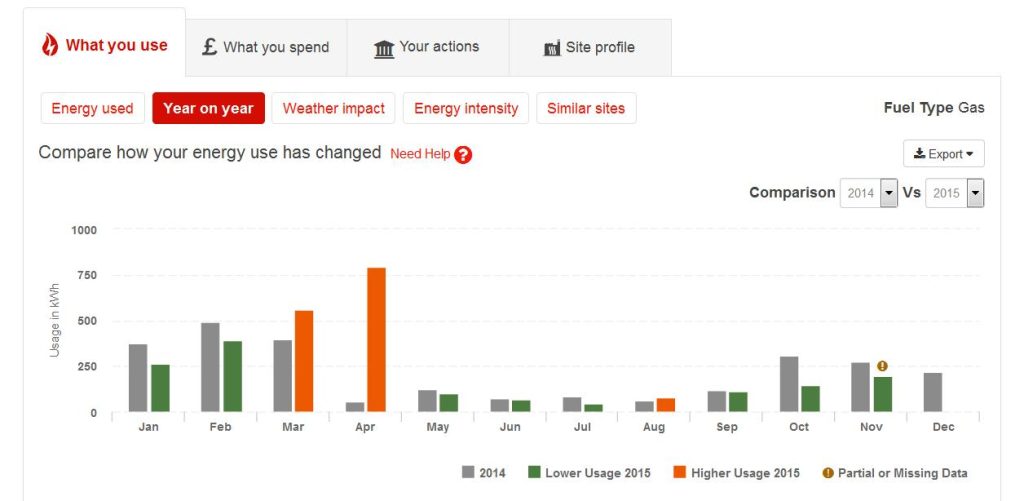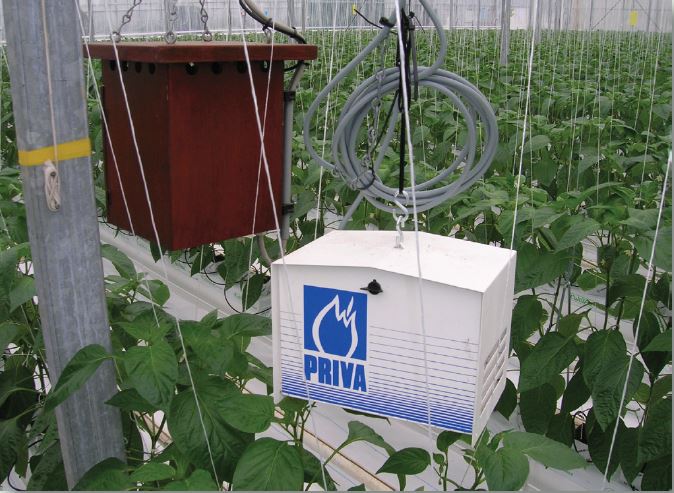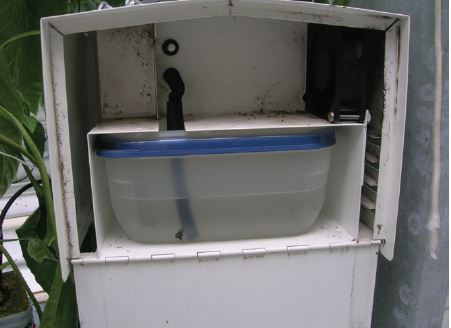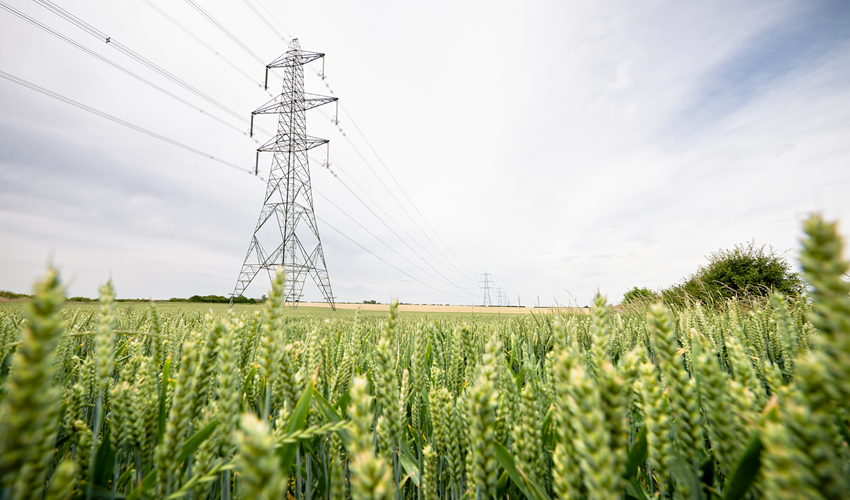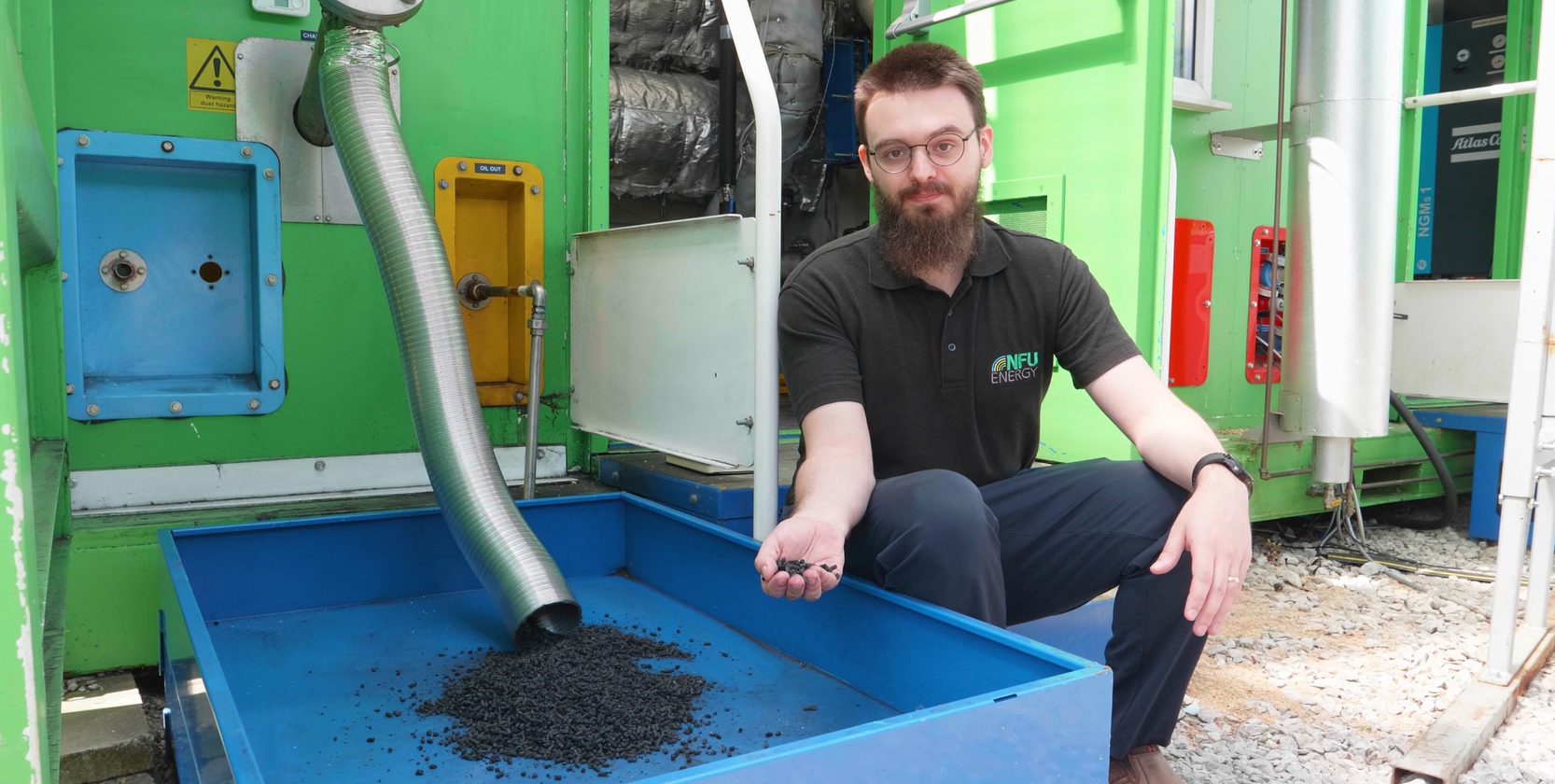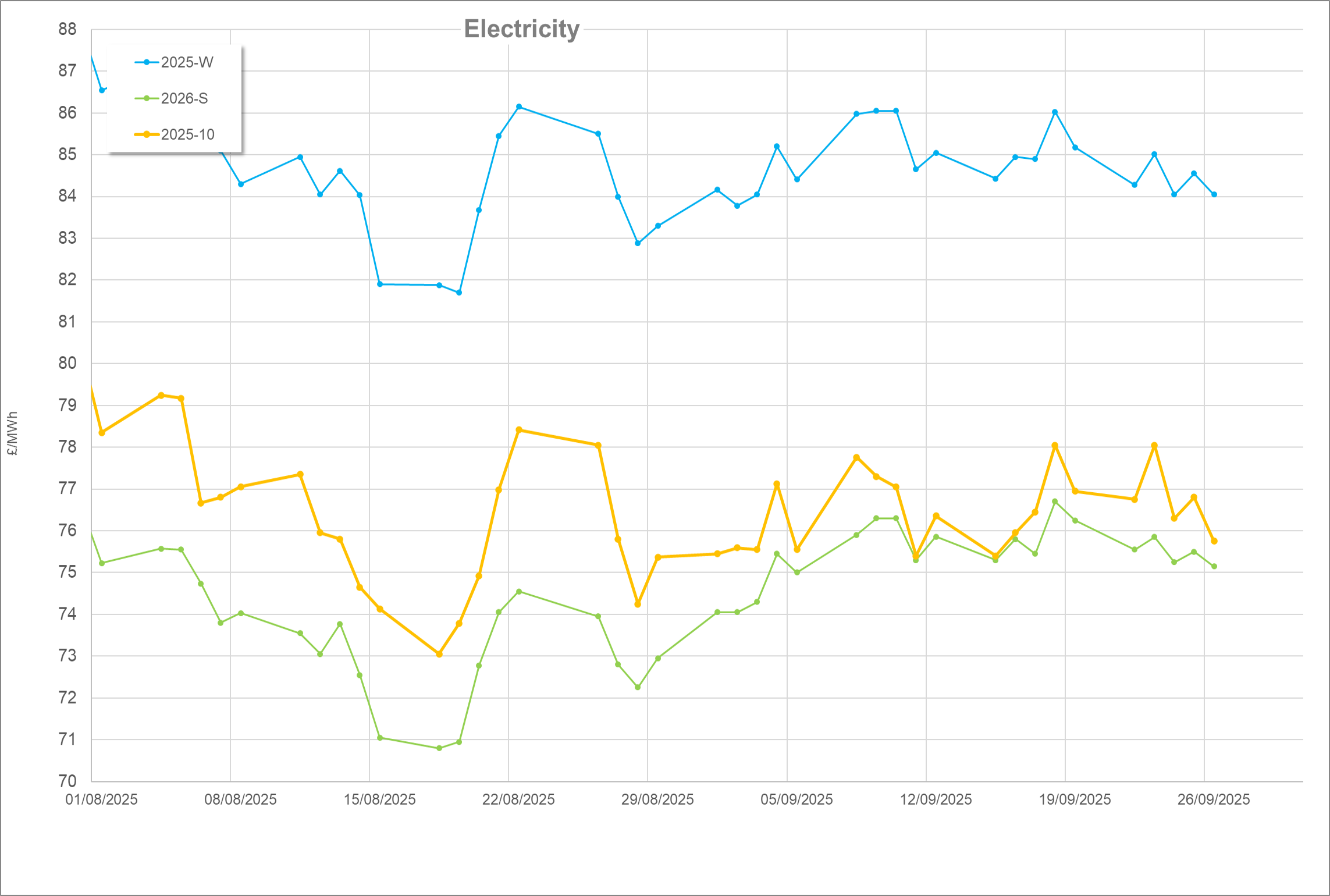First published May 2016
Find out the common units of measurement and how oils and bulk fuels, gas, heat and electricity are measured in order to evaluate and compare costs and assess how efficiently it’s being used.
Quick Links:
- Essential measures for cost and efficiency analysis
- The units of measurement
- How to measure oils and other bulk fuels
- How to measure gas
- How to measure heat
- How to measure electricity
- Automatic monitoring and targeting
Essential measures for cost and efficiency analysis
Energy makes the world go round and it can manifest itself in many forms including radiation, light and chemical. However, we are mostly concerned with it as heat, electricity or as fuel (i.e. oil, gas, wood etc.) which, for the most part we pay for. It’s important that we are able to measure it, so we can evaluate and compare its costs and assess how efficiently it’s being used.
The way we measure energy largely depends on which form energy takes. Sometimes we can measure it directly. At other times, we measure it by inference and use a conversion factor, calculation or calorific value.
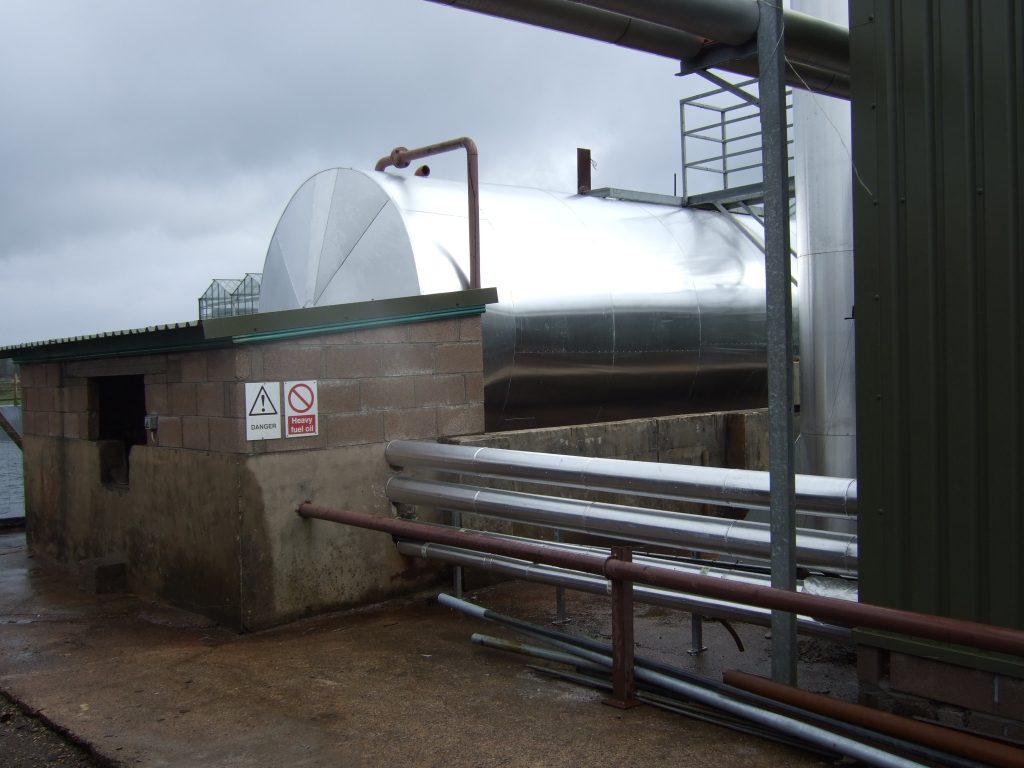
The units of measurement
We look at the most common units of energy, the ‘multipliers’ we use to convert one to the other, and the difference between power and energy.
Unfortunately, there isn’t just one universal unit of energy. Just as we contend with inches, centimeters, miles and kilometers for distance, energy gives us joules, Watt hours, and therms. We can also measure energy by inference (i.e. gallons of a fuel or cubic meters of gas), so it can be difficult to rationalise at times.
Table 1 shows a few units of energy in common use and the ‘multipliers’ we use to convert one to the other:
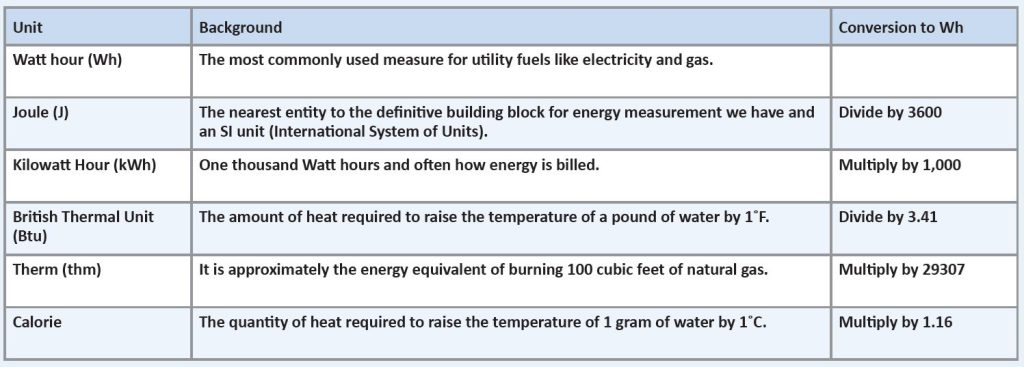
Power vs energy
We sometimes get mixed up with the difference between power and energy. Power is a measure of the rate at which energy is either used or delivered. For example, the power of an engine is often quoted in horsepower and a lightbulb or electrical appliance has its power expressed in Watts (W) or kilowatts (KW). However, the energy each uses is measured in kilowatt hours (kWh) or kilojoules (kJ). So, with this in mind, take care not fall in to the trap of referring to energy use in kilowatts – it’s kilowatt hours you should be using.
What are multipliers?
Depending on the size of the system, the scaling of units may be required otherwise numbers can become unmanageable. Table 2 shows the notation for each multiple and submultiple of SI units (International System of Units).
In commercial energy systems, the most common measures you see are M and k (i.e. MWh or kWh).
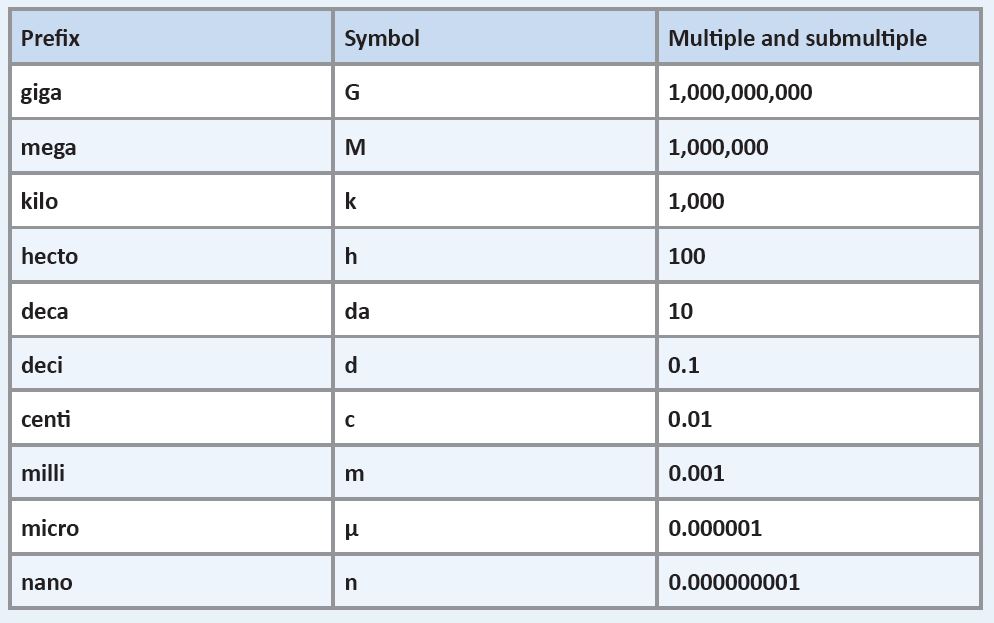
How to measure oils and other bulk fuels
How oils and other bulk fuels are measured and the typical calorific values for most common types of fuel.
Oils, and other bulk fuels, are usually assessed by volume or weight, and this is multiplied by a ‘calorific value’ to determine energy content.
The calorific value refers to the amount of energy released, as heat, when a fuel is combusted under standard conditions.
Table 3 shows typical calorific values for most common types of fuel:
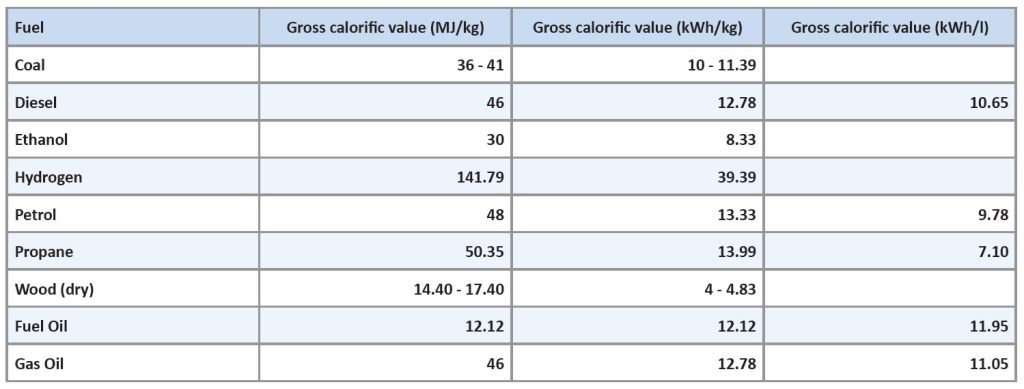
How to measure gas
The detail of how gas is measured by volume and the purpose of correction factors.
Gas is usually measured by volume and, in the UK, is expressed in cubic feet (the notation hcf or therm is used to denote 100 cubic feet and mcf is used to denote 1,000 cubic feet) or cubic metres. Energy content can be expressed in MJ, kWh or British Thermal Units (Btu).
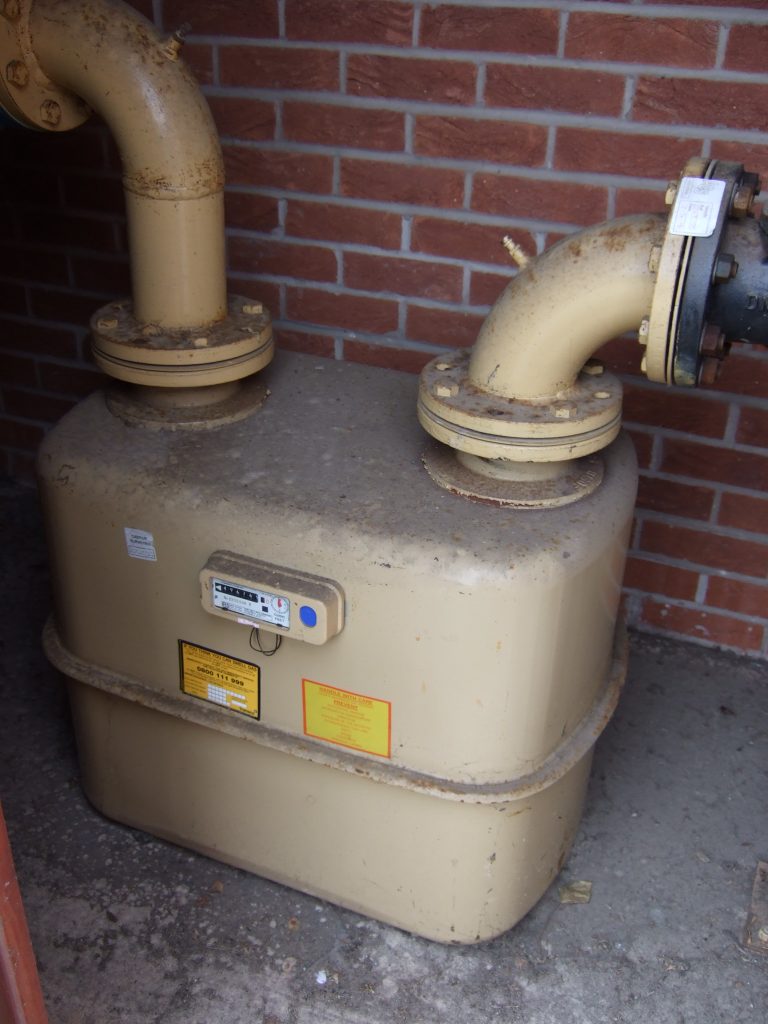
Table 4 shows the approximate amount of energy released by various quantities of UK mains gas and the equivalence in SI units (m3 and kWh):

The energy content of gas varies slightly depending on its temperature and pressure. In the UK a standard correction factor is used for small meters, for each of the gas transmission districts to allow for this. These are published periodically by National Grid, and are available from your gas supplier on request.
For larger meters, correction is carried out at the metering point, by a specially calibrated ‘corrector’, which senses temperature and pressure and is fitted by the meter operator. This is a separate electronic device which is linked to the meter.
How to measure heat
We look at how a heat meter works and why measuring heat is different to measuring fuel input.
Measuring the energy provided by a heating system is different to measuring the fuel input. This is because fuel has been converted to heat in a system which has inherent energy loss. Therefore, measured heat energy out of an appliance such as a boiler will be less than the fuel energy input.
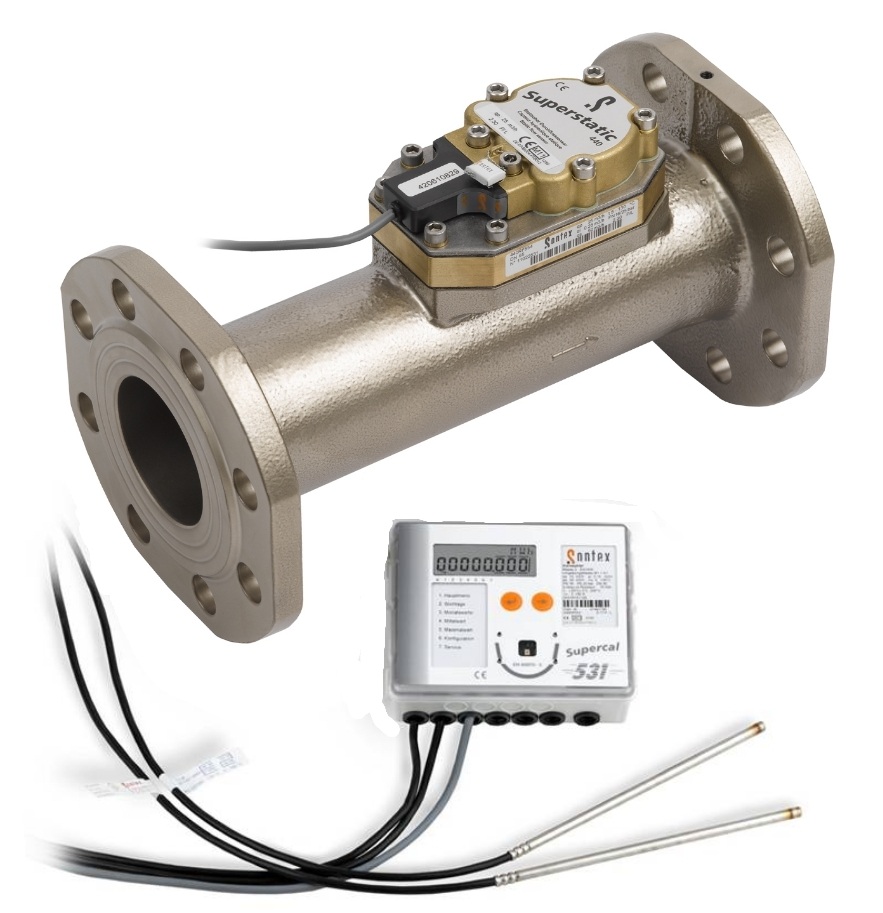
Water is most commonly is used for heating systems. To measure heat transferred by water we need to record the quantity of water moving and the temperature difference between the water leaving the boiler and that coming back to the boiler. A calculation including these values is done either manually or automatically and heat recorded in kilowatt hours (kWh) or Megawatt hours (MWh).
A heat meter is therefore in four parts – a flow meter, a pair of temperature sensors and a calculator (sometimes called an integrator). Different heat meters use different types of flow sensors but their principle is all the same – to measure the volume of water moved in a certain time.
Most heat meters are installed by users and not by energy companies so installation quality can be variable. As a general principle close adherence to manufacturer’s instructions will ensure that heat meters function correctly.
Heat meters are sensitive to dirt in the fluid being measured, air pockets, quality of fluid flow and require a good temperature sensor location.
As mentioned, it is important to remember that the recordings on a heat meter denote heat energy being used NOT fuel energy input into the system. In simple terms you can estimate fuel input into a system from your heat meter using the following equation:
Fuel Input (kWh) = Heat recorded on heat meter (kWh) / System efficiency (%)
How to measure electricity
An explanation of how to measure electricity and the different types of electricity metering.
Electricity is usually measured in kWh. In an alternating current electrical system, use is defined by the product of voltage (V), current (A), what is known as ‘power factor’ (a figure between 0 and 1, which signifies the effectiveness of current use), and time in hours.
kWh = V x A x pf x time (hours)
The electricity meter does this calculation for you, and gives a readout of kWh directly.
Meters can be electromechanical with mechanical dials which can be read manually, or they can be purely electronic with an LED/LCD register or output to a communication device.
Fiscal and private meters
Meters that are used for electricity billing, by energy utilities, are referred to as ‘fiscal’ meters and these have particular accuracy and recording characteristics. Private meters come in many shapes and sizes and are not as constrained in terms of accuracy. However, there is a European standard – the Measuring Instruments Directive (MID 2004/22/EC) – which is often referred to for meter performance.
Single and three phase
Single-phase systems have one live and one neutral conductor, whereas three-phase systems have three live conductors and one neutral conductor. Therefore, the meter arrangements are different for the two systems (although it is possible to measure three phase use with three single-phase meters and adding the usage together).
One other feature which characterises the meter is whether it is ‘whole current’ or ‘current transformer’ based. Whole current meters are used for current flows of up to about 100A and the whole electricity flow passes through the meter. For larger flows, current flow is sensed by a current transformer (CT), which is a coil of wire fitted to surround the cable phase conductor, and the output of the CT is passed to the meter.
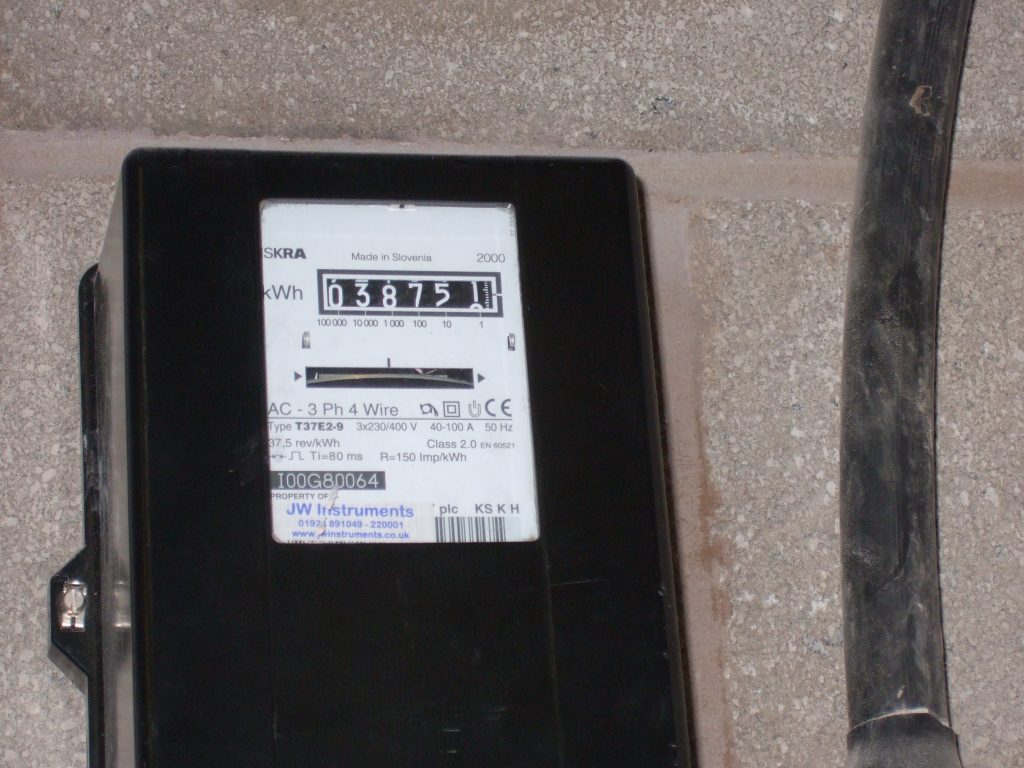
Multi-rate meters
Multi-rate meters have a number of registers, which can record energy during different periods of the day.
This allows electricity to be accounted for, and charged, at different times of the day or week depending on electricity system costs.
Half hourly and smart meters
For most larger supplies (over 70kW in capacity), electricity suppliers insist that the electricity meter records energy use in ½ hourly blocks and stores these between reads. The reading of these meters is usually done over a telephone line or a GPRS modem. Energy suppliers can provide ½ hourly energy use data files on these sites for analysis, and they provide very useful information on how the profile of energy use changes over a day, week or year.
For instance, a profile can be used to determine wasteful use overnight, or during a non-working day. ½ hourly data is also used to provide information for complex trading arrangements where, for instance, electricity charge rates might be changing many times during the day. Such arrangements help users to make economic decisions about how they operate equipment at times when charges are particularly high or low.
Private meters can have similar recording capabilities, so that meters can be read remotely and log their output on a web portal. Where smart or private metering, is used it is important to check they are correctly calibrated as they are often of lesser accuracy than fiscal metering.
Automatic monitoring and targeting
The automatic downloading and analysis of energy data in order to compare it with historic use and targets and assess ongoing energy performance.
The ability to log and analyse energy use, from any type of meter, has led to growth in analytical techniques, referred to as Automatic Monitoring and Targeting (AMT).
With AMT, energy data is automatically downloaded and compared with historic use and targets, to determine ongoing energy performance. Such analysis can include benchmarking against associated baseline activities.
For example, a producer might look at his energy use against tonnes of production, or ground area cultivated, to reveal Specific Energy Consumption (SEC) (e.g. kWh/t or kWh/m3).
This facilitates comparisons between different operational periods and different sites, and can reveal notable differences in energy use intensity.
It’s also possible to link this type of analysis to weather, using degree-day information. In essence, degree-days are a measure of how cold or hot each day has been against a baseline temperature. Including this information with energy use can produce weather corrected energy use, and the ability to compare system efficiency between periods when the weather conditions have been notably different.
